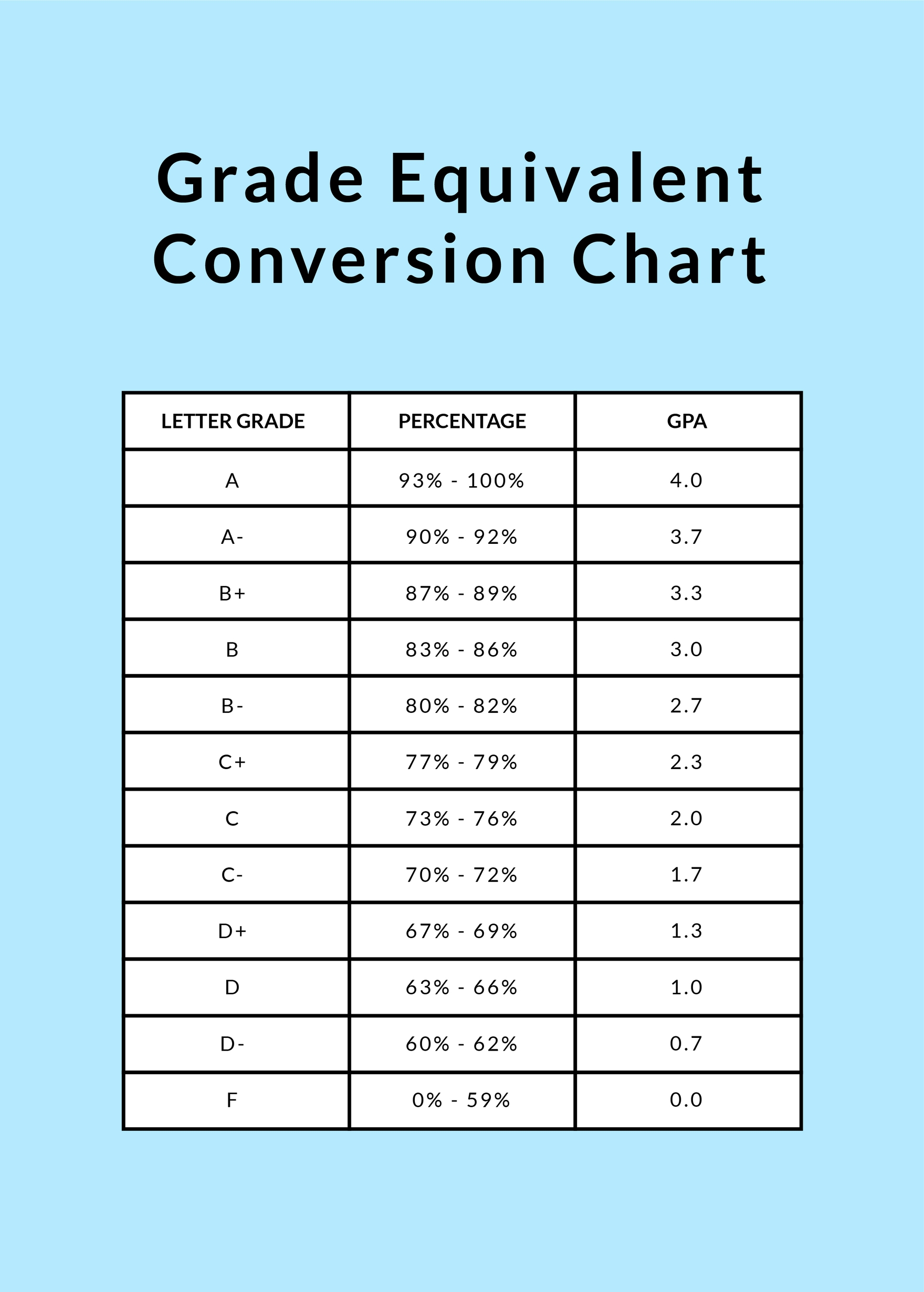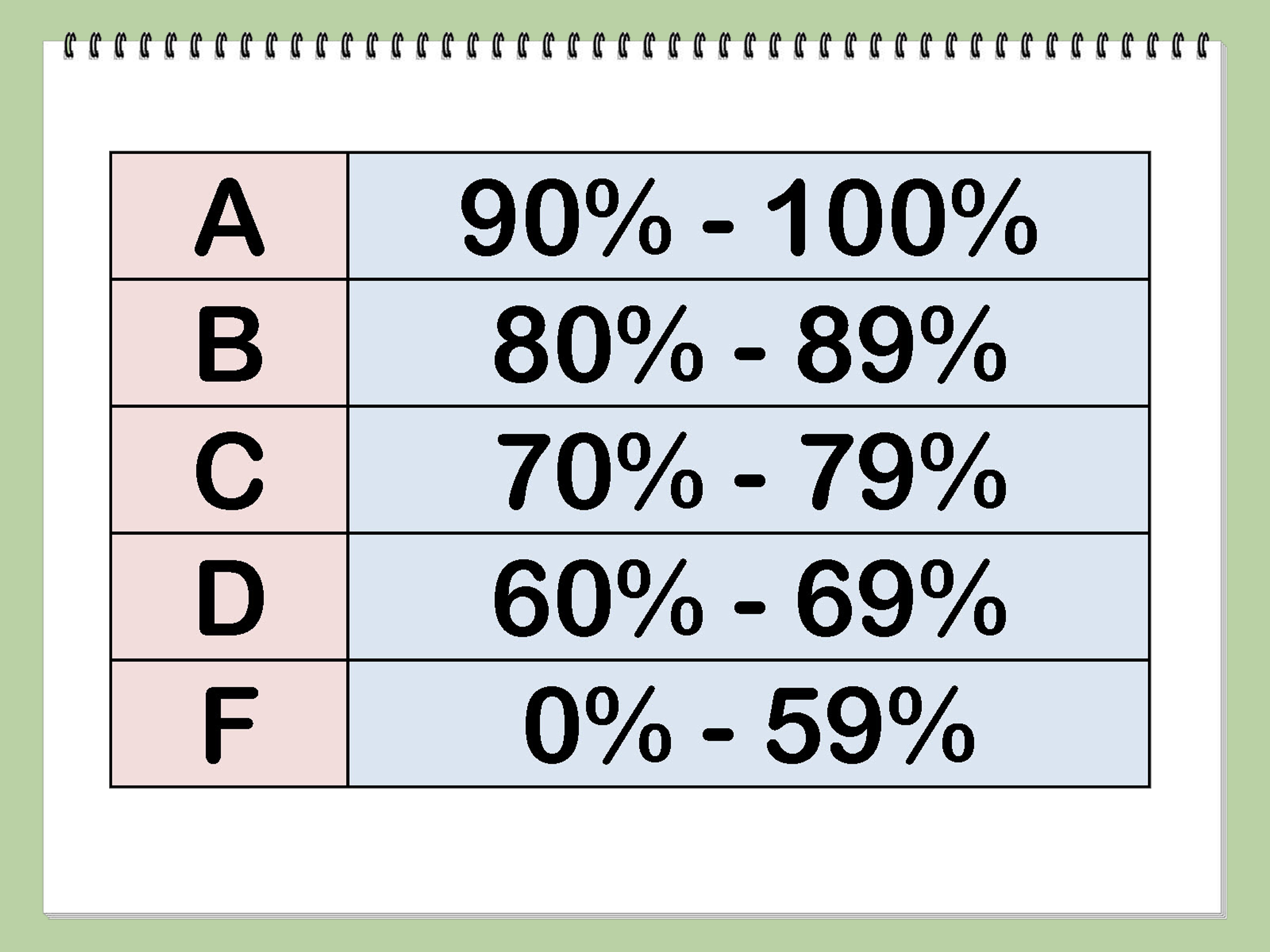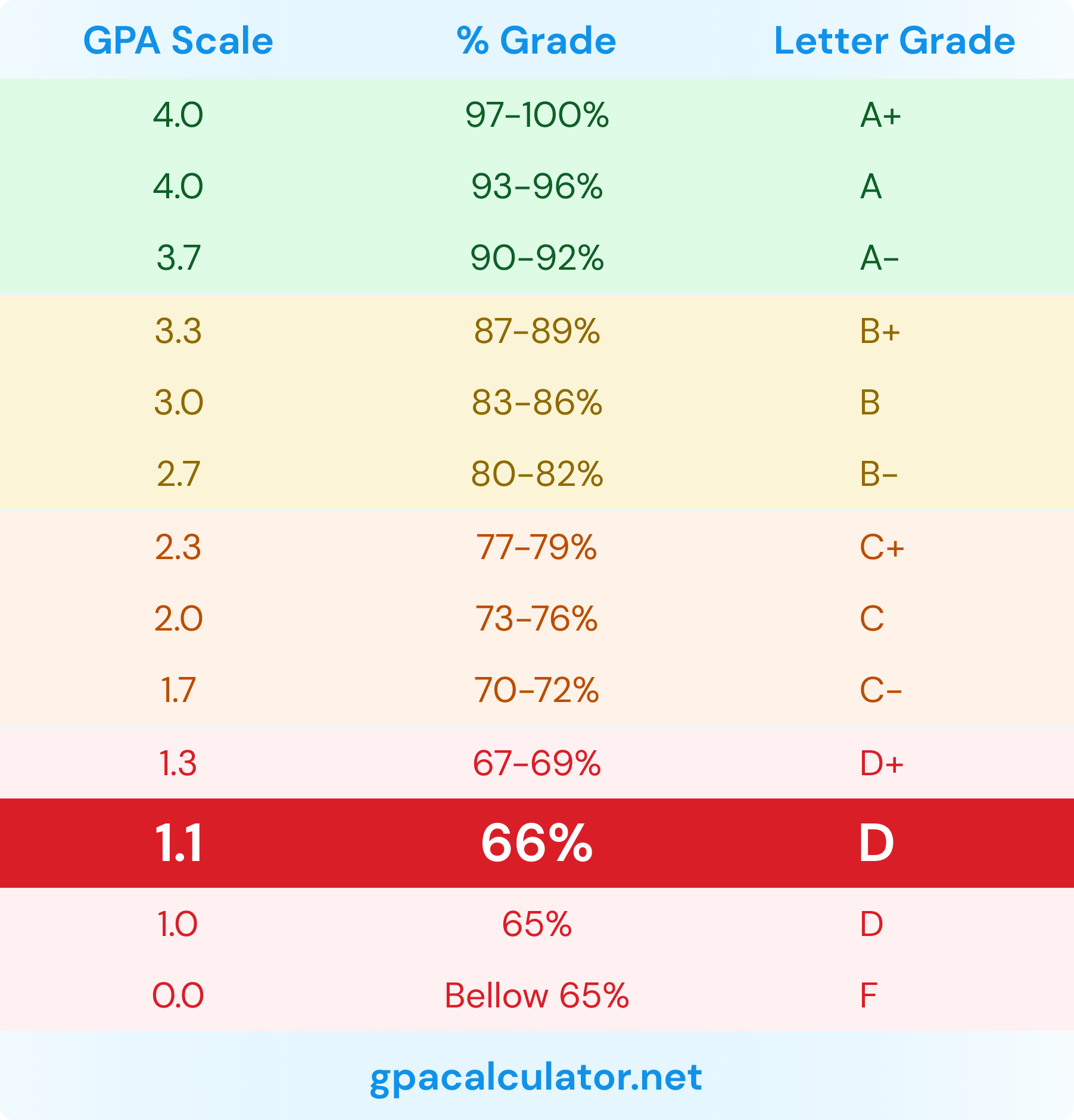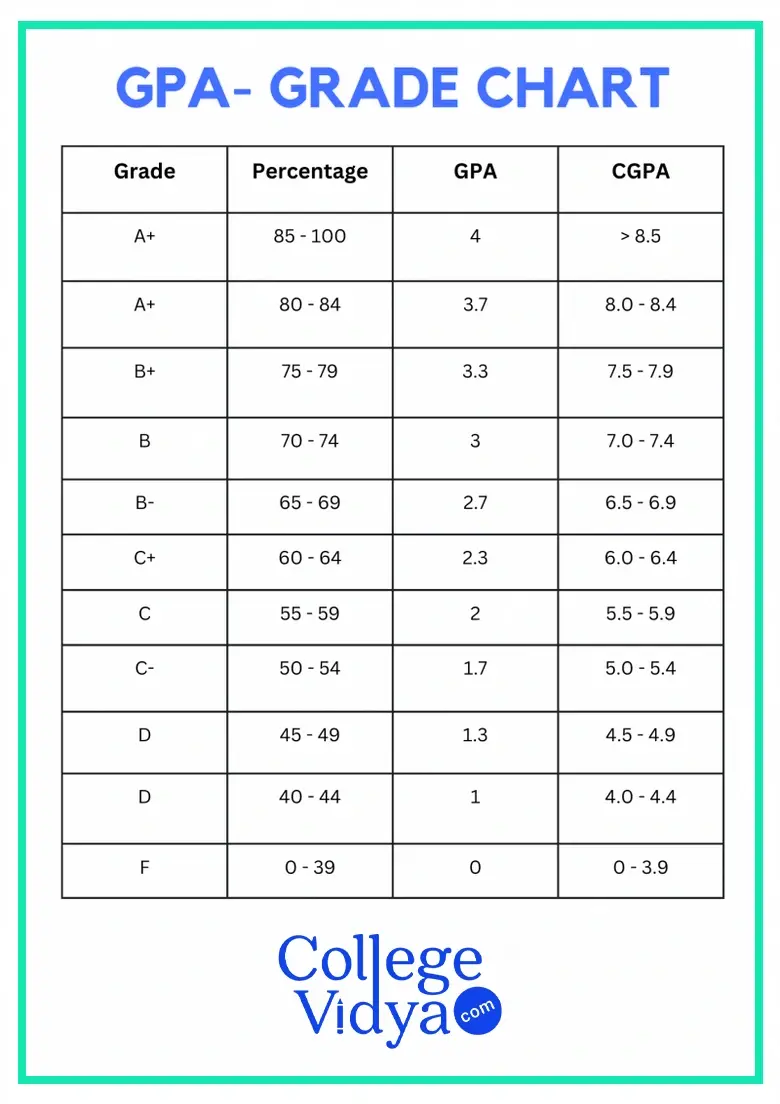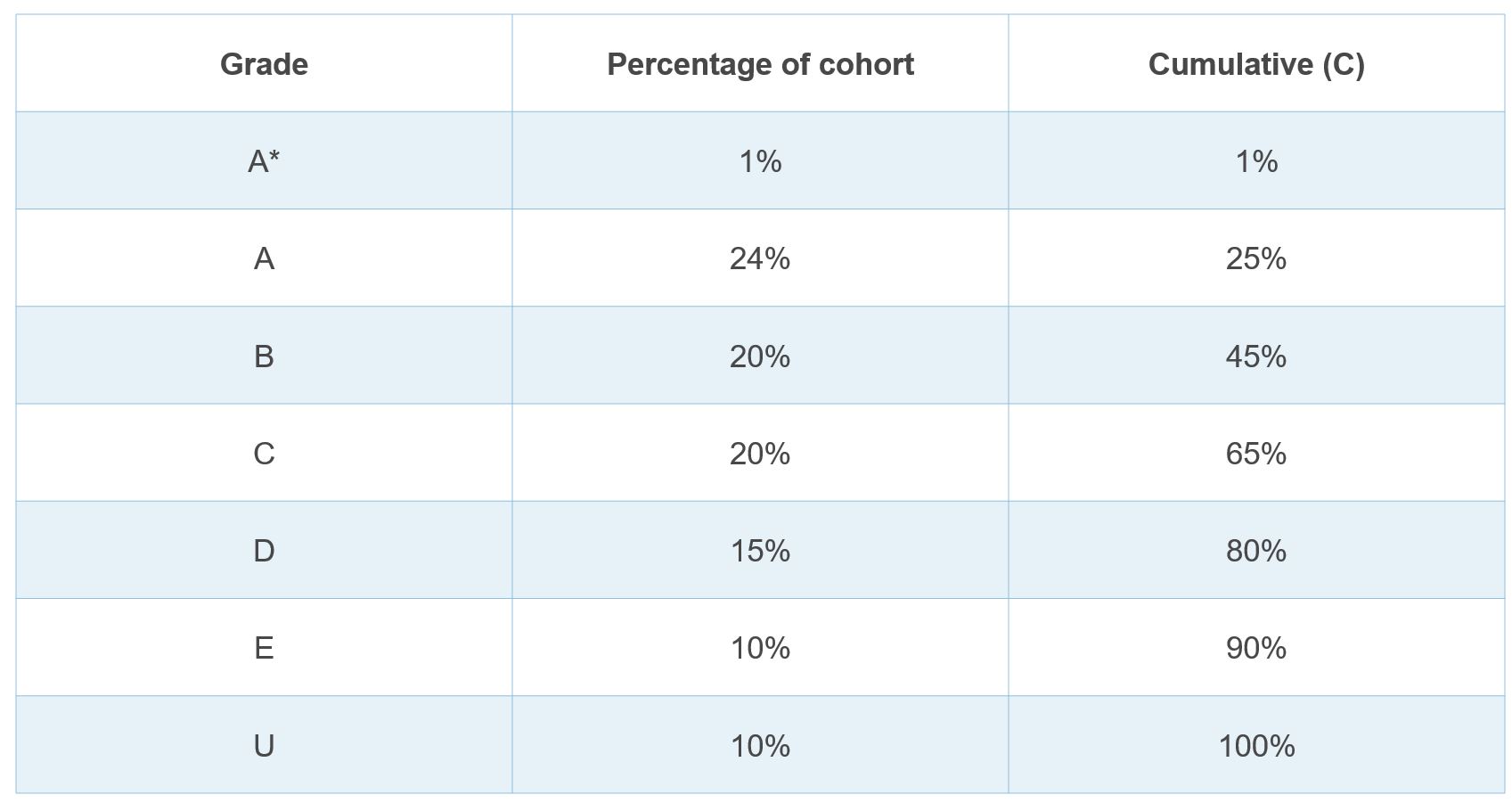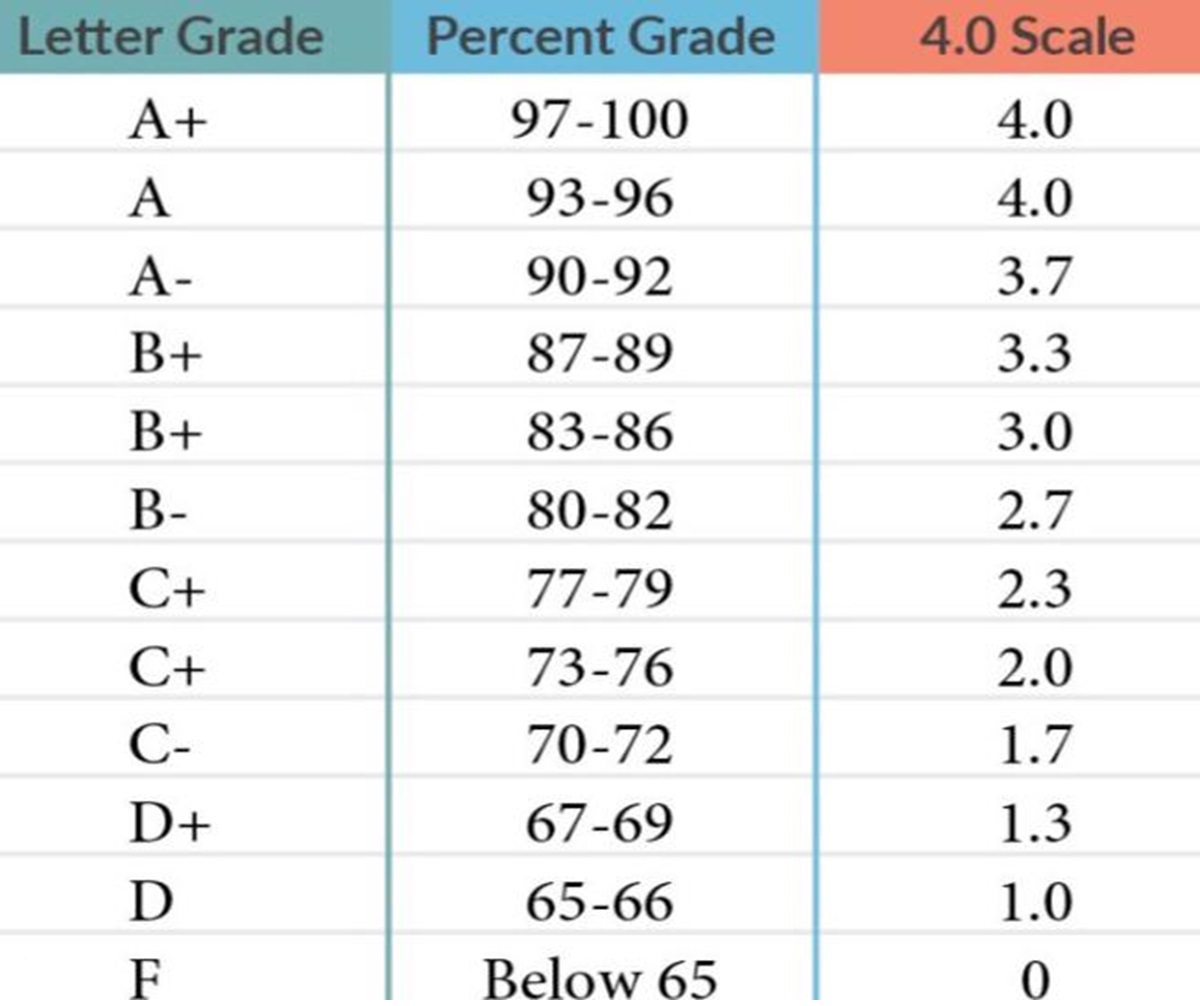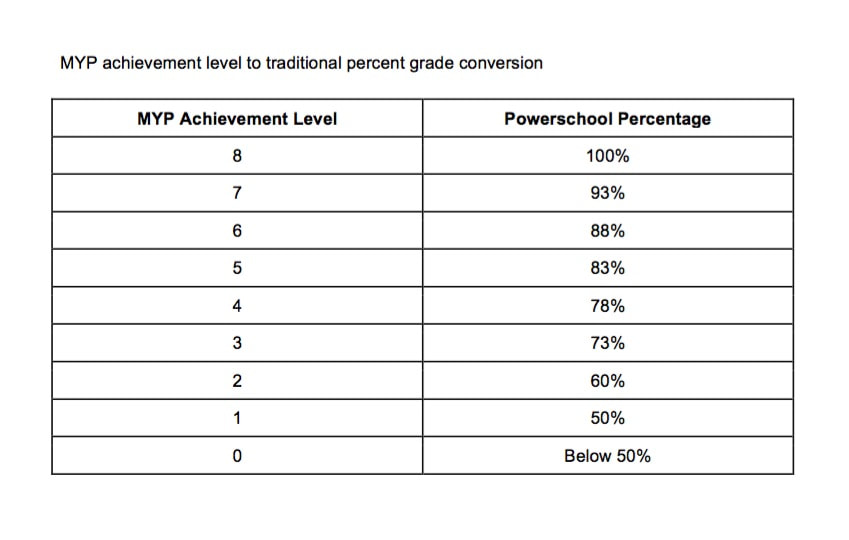4 Out Of 7 Percentage Grade

The release of recent standardized test results has sparked considerable debate across several school districts, with a notable 4 out of 7 pass rate causing concern among educators, parents, and policymakers alike.
This figure, representing the percentage of students achieving a passing grade on the Unified Academic Assessment (UAA), highlights potential systemic issues within the educational framework and prompts a closer examination of curriculum effectiveness and resource allocation.
The Context of the Results
The Unified Academic Assessment, a standardized test administered annually to students in grades 3-8 across seven counties, aims to evaluate proficiency in core subjects such as mathematics, reading comprehension, and science.
This year's results, released on October 26th by the State Department of Education, revealed that approximately 57% of students achieved a passing grade, based on the state-defined benchmark.
This 4 out of 7 success rate is a slight decrease compared to the previous year's 62%, triggering a wave of analysis to identify contributing factors.
Key Details and Contributing Factors
The data indicates significant disparities across different school districts and subject areas.
Urban districts, particularly those serving low-income communities, reported lower pass rates in mathematics compared to suburban areas.
According to Dr. Emily Carter, Superintendent of the Oakwood School District, "Resource inequities and access to experienced educators play a significant role in these disparities."
Furthermore, teachers have expressed concerns about the impact of recent budget cuts on classroom resources and professional development opportunities.
The COVID-19 pandemic, which caused significant disruptions to in-person learning, is also considered a contributing factor.
Many students struggled to adapt to remote learning environments, resulting in learning loss that is still being addressed.
Sarah Miller, a teacher at Northwood Elementary, stated, "The pandemic exacerbated existing challenges, making it harder for students to catch up, especially those who lacked adequate support at home."
Potential Impact and Consequences
The 4 out of 7 pass rate has significant implications for students, schools, and the broader community.
Students who do not meet proficiency standards may face difficulties progressing to higher-level courses and ultimately pursuing post-secondary education.
Schools with consistently low performance rates may face increased scrutiny and potential sanctions from the state, including the loss of funding or the implementation of intervention programs.
"These results underscore the urgent need for comprehensive reforms to address systemic inequities and ensure that all students have access to a high-quality education," said State Senator John Davis.
The results may also impact property values in affected areas as families may seek to relocate to districts with higher-performing schools.
Responses and Proposed Solutions
The State Department of Education has announced plans to conduct a comprehensive review of the Unified Academic Assessment and the factors contributing to the lower pass rate.
This review will involve consultations with educators, parents, and community stakeholders to identify areas for improvement.
Several school districts are implementing initiatives to address learning loss and provide additional support to students.
These initiatives include expanded tutoring programs, summer learning opportunities, and professional development for teachers.
The Oakwood School District, for example, is launching a pilot program that provides individualized learning plans for students struggling to meet proficiency standards.
Parent-teacher associations are also actively involved, organizing fundraising events to support classroom resources and advocating for increased funding for public education.
A Human-Interest Angle
Ten-year-old Michael Johnson, a fifth-grader at Central Elementary, expressed his frustration with the standardized test.
"I felt like I was running out of time, and some of the questions were really confusing," he shared.
His mother, Lisa Johnson, is concerned about the pressure placed on students to perform well on standardized tests.
She believes that the focus should be on fostering a love of learning rather than simply memorizing facts for an exam.
Stories like Michael's highlight the human element of the data and the importance of considering the individual experiences of students.
Conclusion
The 4 out of 7 pass rate on the Unified Academic Assessment presents a complex challenge that requires a multifaceted approach.
By addressing systemic inequities, providing targeted support to students, and fostering collaboration between educators, parents, and policymakers, it is possible to improve educational outcomes and ensure that all students have the opportunity to succeed.
The coming months will be crucial as the State Department of Education and local school districts implement strategies to address the issues identified in the assessment results and work towards creating a more equitable and effective education system.

